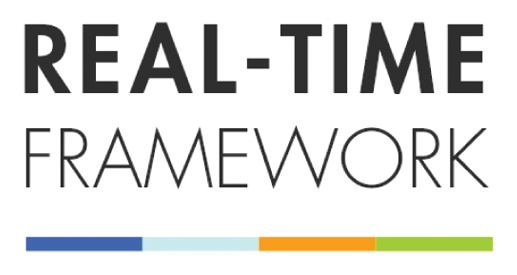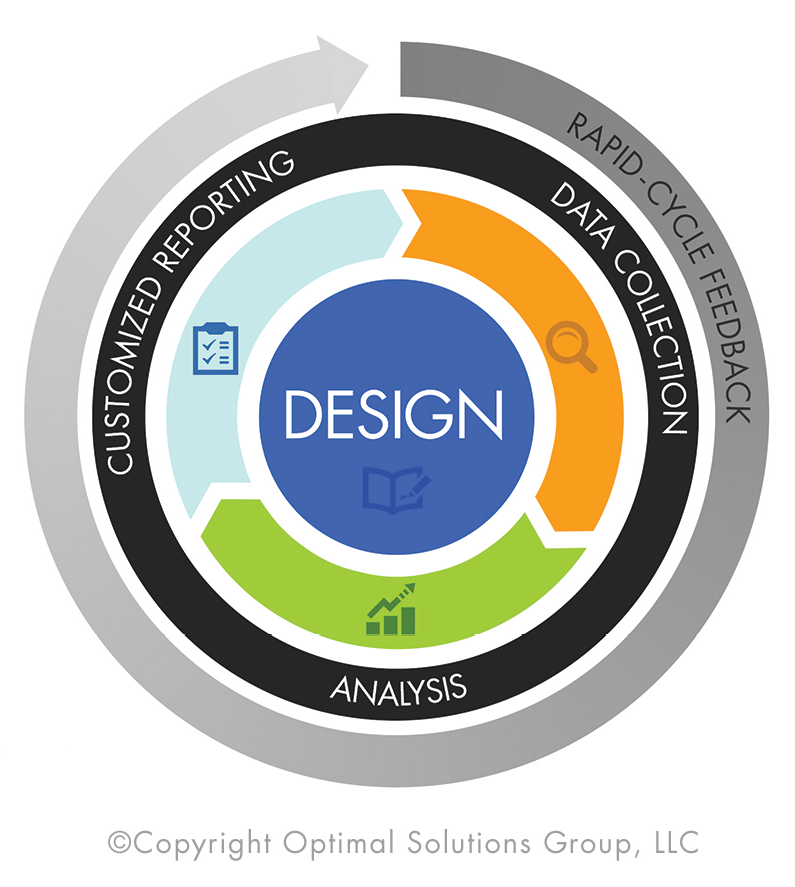Factory-built construction and the American homebuyer: Perceptions and opportunities
Factory-built construction and the American homebuyer: Perceptions and opportunities
Temkin, K, Hong, G., Davis, L., Hudson, E. & Cantrell, R.
Executive Summary
Factory-built housing, which includes modular, panelized, and manufactured homes, increasingly allows homebuilders to provide consumers with homes that are less expensive than site-built housing without sacrificing a home’s quality or aesthetic appeal. Yet, such homes represent only 21 percent of housing starts in the United States. This study assesses the general public’s knowledge and perception of site-built and factory-built housing. This information is useful for identifying what public perception barriers there are to more widespread adoption of these more affordable construction techniques and what education and marketing strategies could be used to overcome any identified barriers.
The U.S. Department of Housing and Urban Development (HUD), as part of its mission to promote affordable housing options, funded a study conducted by Optimal Solutions Group (Optimal) to collect information about consumers’ perceptions of four housing types: site-built, modular, manufactured, and panelized. Optimal collected this information in two surveys of a total of nearly 12,700 consumers: 10,000 through a Web-based survey and the remaining 2,700 in a telephone survey. Both surveys included questions about the respondents’ familiarity and attitudes toward all four housing types. The Web-based survey asked respondents to react to pictures of different types of housing which did not include a description of the housing itself, the telephone survey asked respondents about the four housing types. This technique allowed for analyzing the extent to which respondents’ attitudes to a picture of a given type of housing, without knowing how it is constructed, is different from respondents who do not see a picture of a given housing type.












Connect with us Facebook
Facebook  Twitter
Twitter  LinkedIn
LinkedIn